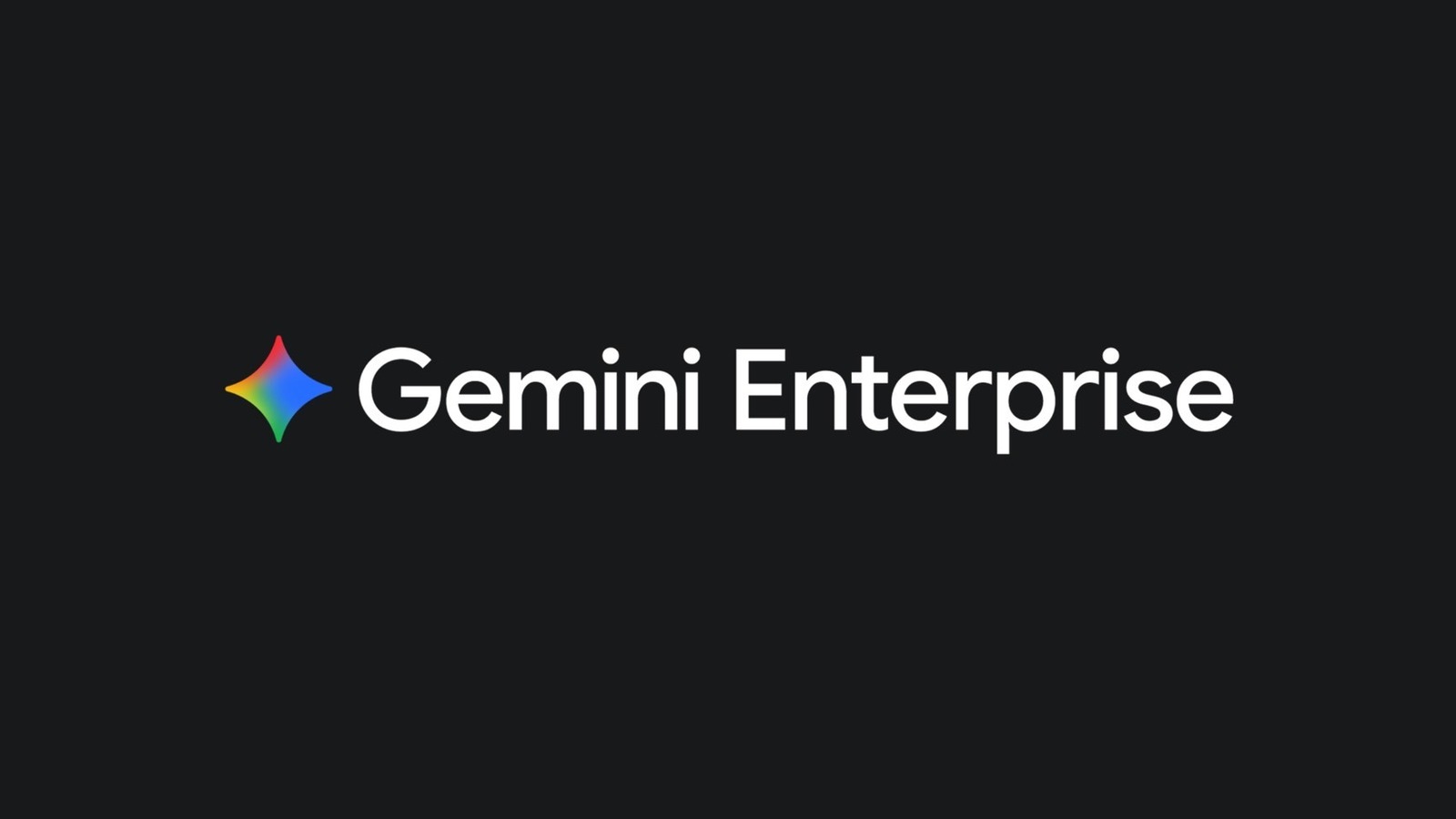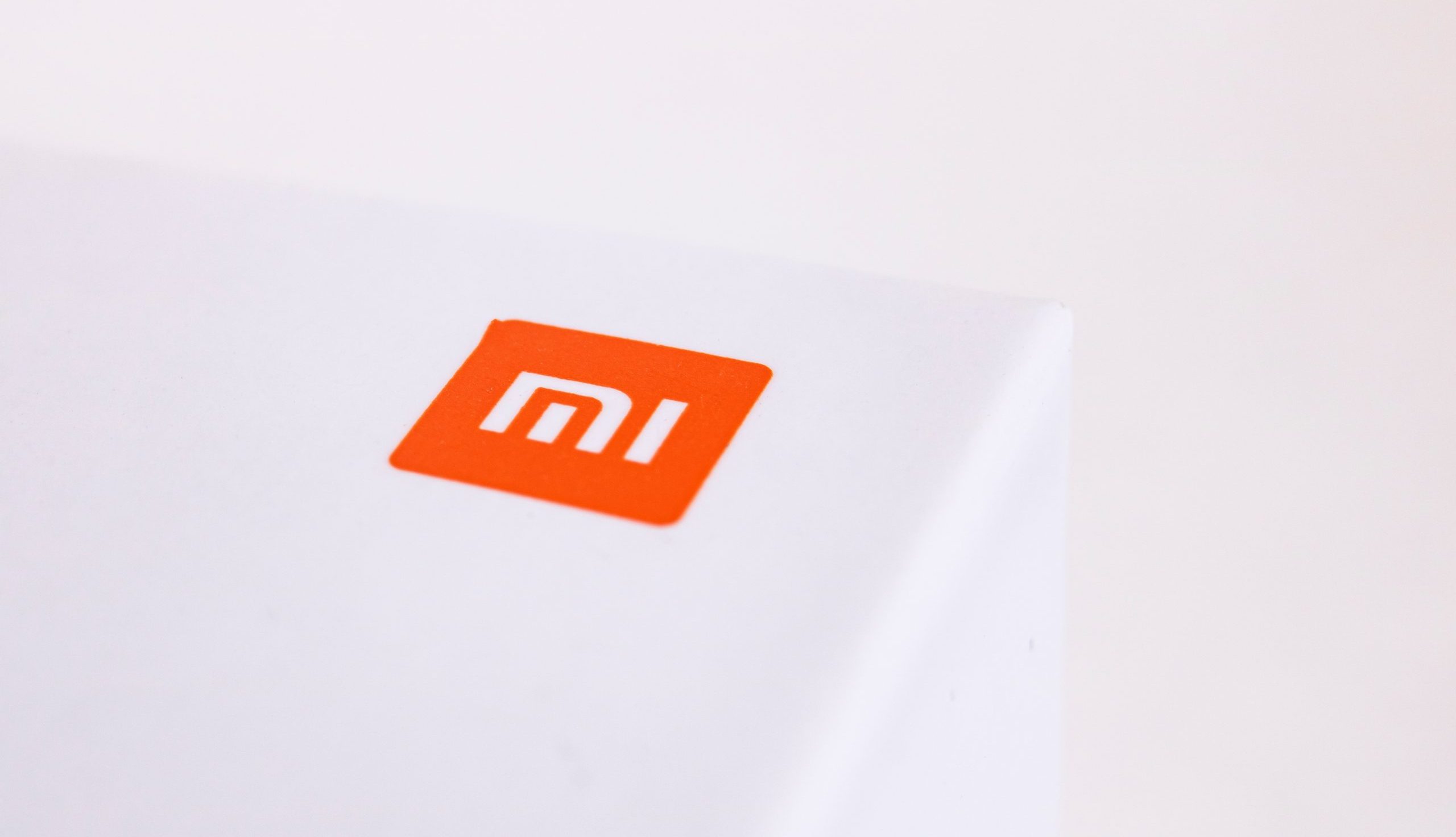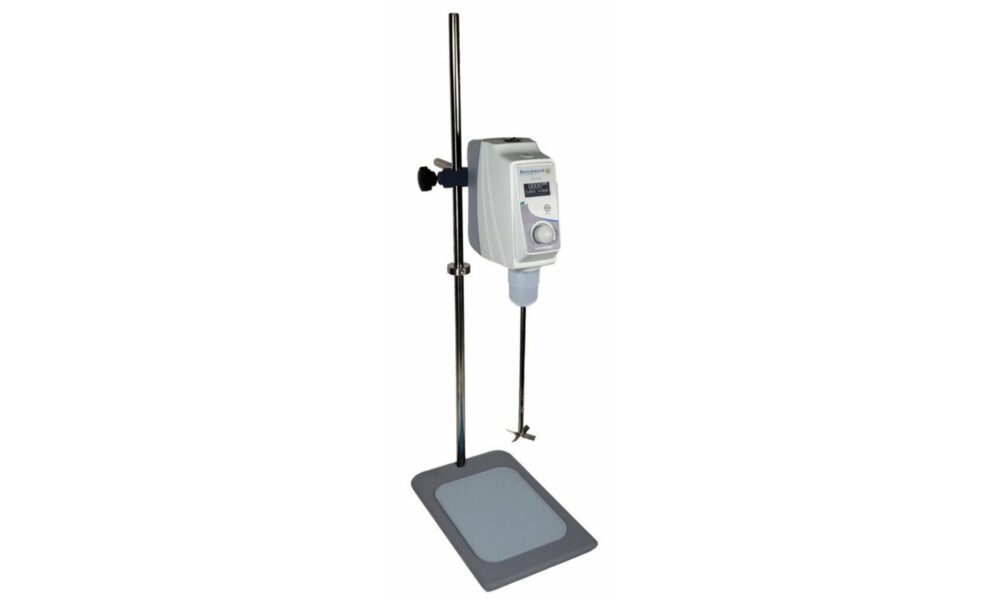With the release of the Pixel 10 Pro Fold, Google’s Pixel 10 collection is now complete – but it feels like something is missing.
In a year where we’ve seen ultra-slim phones, bar and foldable devices alike, significant advances in camera tech, big boosts to battery tech, and more, Google’s familiar Pixel 10 collection seems to be stuck in 2024, with only iterative updates on what came before.
And, as a result, the Pixel 10 range – even the top-end Pixel 10 Pro Fold – struggles to stand out from the smartphone competition in any meaningful way.
Bar phones and foldables alike are thinner than ever
If there’s an overarching trend for smartphones in 2025, I’d say it’s the design and build. We’ve seen not only impressively slim bar phones this year, but svelte, lightweight foldables too – and the latter certainly wasn’t a given this time last year.
Apple and Samsung have really pushed the bar forward this year in terms of what’s possible from mobile design with their super-slim iPhone Air and Galaxy S25 Edge.

The Air is technically the thinner of the two at 5.6mm compared to the Edge’s 5.8mm. Still, it’s much of a muchness – compared to the regular smartphone competition, which measures in anywhere from 7.8mm to over 9mm, these are phenomenal feats of engineering that deliver a much lighter, more comfortable smartphone experience than most of us are used to.
It’s not just the bar phones that are getting the ultra-slim treatment; at the same time, we’ve seen massive improvements in foldable hardware.
It started with the 4.2mm thick, 229g Oppo Find N5 earlier this year, which was already an impressive improvement on the Galaxy Z Fold 6’s 5.6mm and 239g and the Pixel 9 Pro Fold’s 5.1mm and 257g, but things only got more impressive as the year went on.


Samsung revealed its redesigned, impressively svelte 4.2mm, 215g Galaxy Z Fold 7 in July, and Honor followed up with its 4.1mm, 217g Magic V5 just a few weeks later.
We’re now at a point where big-screen foldables, even when folded, are thinner and lighter than some regular bar phones – and given where we were just 12 months ago, that wasn’t a given.
Battery tech is coming along in leaps and bounds
Battery tech is another area where we’re seeing significant improvements. While stalwarts of the smartphone market like the Samsung Galaxy S25 Ultra stick with the same 5000mAh cell, others are pushing the boundaries – and it’s all down to the new silicon-carbon battery tech.
It essentially allows manufacturers to pack a denser battery into a smaller space, translating to a higher capacity battery without the added weight. Plenty of Chinese manufacturers have taken advantage of the tech, from Honor’s 5850mAh Magic 7 Pro to the 6000mAh of the OnePlus 13, and as expected, there’s a boost to battery life as a result.


Xiaomi has taken it to the next level with a whopping 7500mAh cell in its recently announced Xiaomi 17 Pro Max – though whether that’ll hit international shores is another story. While we’ll likely see the wider release of the 17 range in early 2026, Xiaomi often reduces the battery capacity to align with EU regulations on the size of single-cell batteries.
But the Pixel 10 range feels stuck in 2024
The Pixel 10 range, however, looks and feels very much the same as last year’s Pixel 9 range – with the exception of the regular Pixel 10, which is actually a little bit worse this year in the all-important camera department, with what can best be described as a mid-range camera setup.
Even when looking at the Pro models, there are many similarities between them and their equivalents from last year; both share the exact same overall design, screen technology, and even camera hardware.


The latter is very much a surprise, not only given the jumps in camera tech we’ve seen elsewhere, but because Pixels have long been known for offering some of the best camera performance around. With this year’s models, that’s not a given. They’re still great snappers, of course, but the best? I’m not so sure.
It’s a similar story in the performance department. Since Google moved to its own Tensor G chipsets, the company’s phones have trailed behind the Snapdragon competition to focus more on AI performance and, fair enough. We don’t all need massive amounts of power to use our smartphones, with only a slim portion of users really getting the most out of the latest mobile chipsets.


But, the Tensor G5 is really starting to fall behind compared to the competition, with our Pixel 10 Pro XL benchmarks coming in closer to 2023’s Asus ZenFone 10 than the likes of the Samsung Galaxy S25 Ultra. There is a slight boost in performance compared to the Tensor G4, but with such massive gains from the Snapdragon 8 Elite and the newer 8 Elite Gen 5 equivalent, it’s easily outshone.
Battery life is slightly better, with 4870mAh and 5200mAh cells in this year’s Pro and Pro XL models, but it’s still far from what you’ll get from OnePlus, Xiaomi and co.
The only real win from this year’s range is the introduction of true Qi2 support with built-in magnets, making them compatible with both Google’s Pixelsnap-branded accessories and Apple’s MagSafe accessories. That’s a rarity on the Android side of things, and essentially means you no longer need to use a case to use MagSafe-branded phone holders and accessories.


Google’s bendy Pixel 10 Pro Fold has also had a rather lukewarm reception – unsurprising, given that, like the rest of the Pixel 10 collection, it looks a lot like its predecessor, and that means it measures in at a similar 5.2mm thick and 258g. That’s more of a problem for the foldable, however, with much of the foldable competition seriously slimming down in 2025.
Even with genuinely impressive tech including full IP68 dust and water resistance – a first for a foldable of any kind – the Pixel 10 Pro Fold’s heavy, chunky design just doesn’t hold a candle to what you can find elsewhere.


Google needs a big 2026 to compete
With what can best be described as a lukewarm reception for the Google Pixel 10 range, particularly from us at Trusted Reviews, it’s clear that Google needs a big 2026 to regain its footing at the top end of the market.
How? It could come in various forms. Google could cash in on the new trend of ultra-thin phones with its own Air/Edge variant of the Pixel 11 range, cutting down on hardware to deliver that super-slim phone experience that’s all the rage at the moment.


Alternatively, just put all that effort into slimming down the Pixel 11 Pro Fold; it’s the one glaring issue with Google’s foldable compared to the competition. In most respects, it’s a perfectly good foldable; it features good cameras, fantastic screens, and a larger battery than the Z Fold 7. It just needs to be thinner and, arguably more importantly, lighter.
I’d also love to see some serious investment in camera hardware across the entire range. Google has always been known for getting more out of less, usually with smart AI tuning, but that can only go so far – and judging by the overprocessed look present on some snaps on the Pixel 10 range this year, it looks like Google is approaching the limits.
The Google Pixel 10 range is fine as it is, but it could be so much better. The best smartphones of 2025 exemplify this, over and over.










